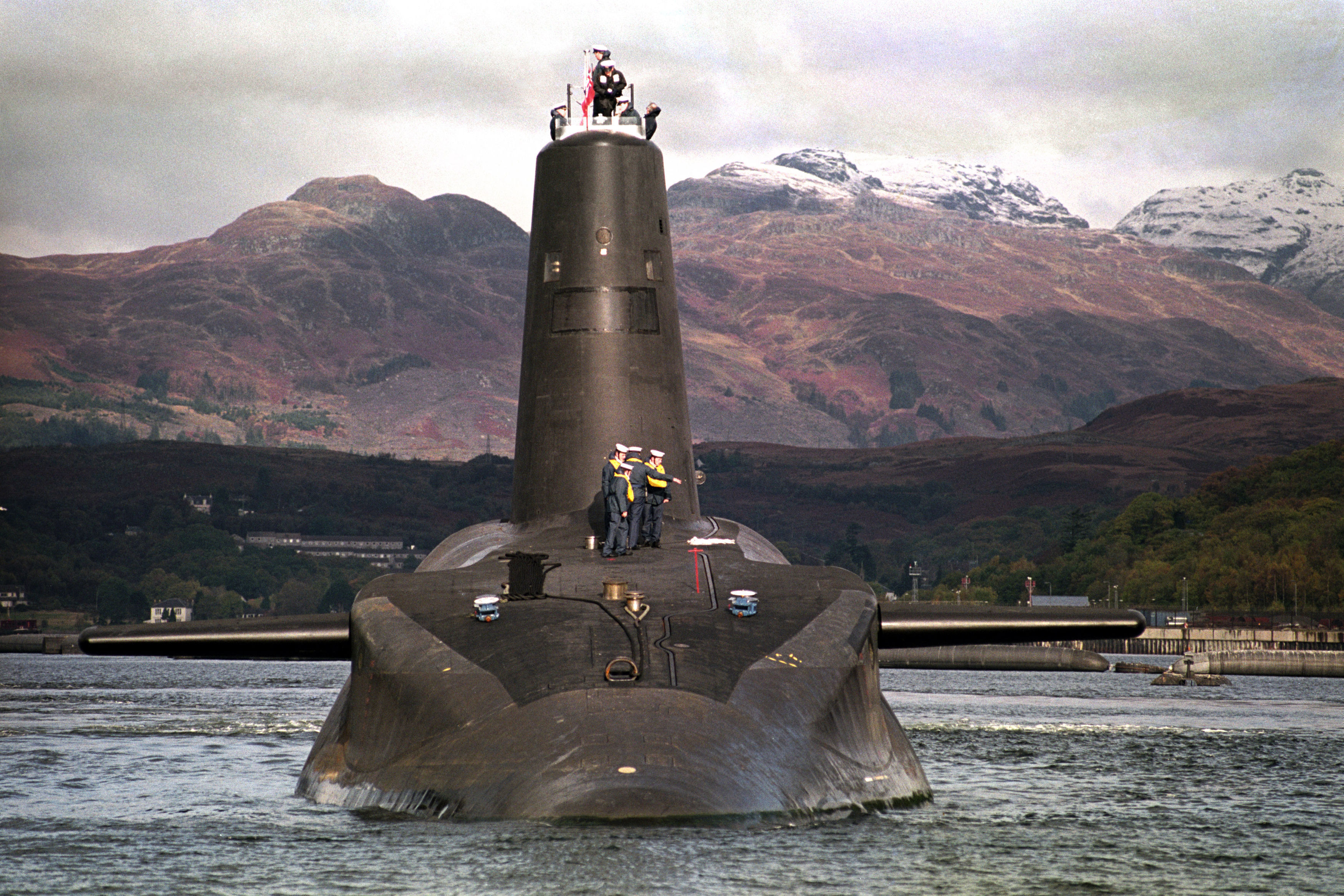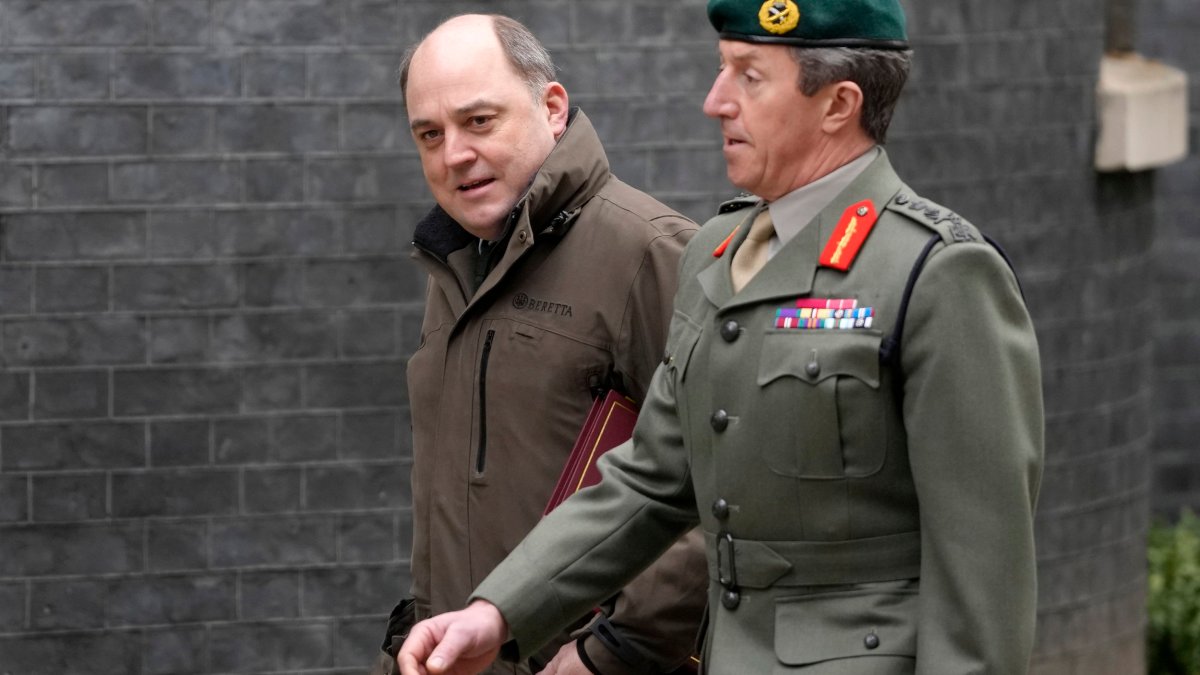Ministry of Defence hit by Russia-linked hackers as security secrets are leaked in data posted online
THE Ministry of Defence has been hit by hackers with links to Russia, as security secrets have been leaked and the data posted online.
Hackers have released thousands of pages of information with could be used by criminals to access the HMNB Clyde nuclear submarine base, the Porton Down chemical weapons lab and a GCHQ listening post.
Information concerning high-security prisons and a military site key to our cyber defences was also stolen in the raid by group LockBit.
Hackers are said to have targeted the databases of Zaun, a firm which makes the fences for maximum security sites.
The information was published on the internet’s dark web, which can be accessed with specialist software.
It’s thought the information was stolen last month during an attack on the firm based in the West Midlands, according to a report by the Mirror.


LockBit is regarded as the world’s most dangerous hacking gang with its keys suspects listed on the FBI’s Most Wanted list.
It’s thought they are responsible for 1,400 attacks on global targets.
The group is also allegedly behind a £66million blackmail attempt on the Royal Mail – with the postal service refusing to cave in to their demands.
A number of Russian nationals have been accused of cyber attacks and held in both the United States and Canada.
LockBit is said to have financial connections to Russian gangsters.
One document which was leaked relates to specific equipment bought to protect Porton Down in Wiltshire.
Zaun describes its work there as “very secretive”.
Another leaked document posted on the dark web is a sales order detailing goods purchased for HMNB Clyde – also known as Faslane – which is home to Trident nuclear subs.
Other documents include a sales order report for equipment at GCHQ’s communications complex in Bude, Cornwall, as well as security equipment at RAF Waddington in Lincolnshire, where the Reaper attack drones squadron is based, and Cawdor Barracks, the base of the 14th Signal Regiment, which deals in electronic warfare.
Detailed drawings for perimeter fencing at Cawdor, in Pembrokeshire, were attached to company emails.
Paperwork…




